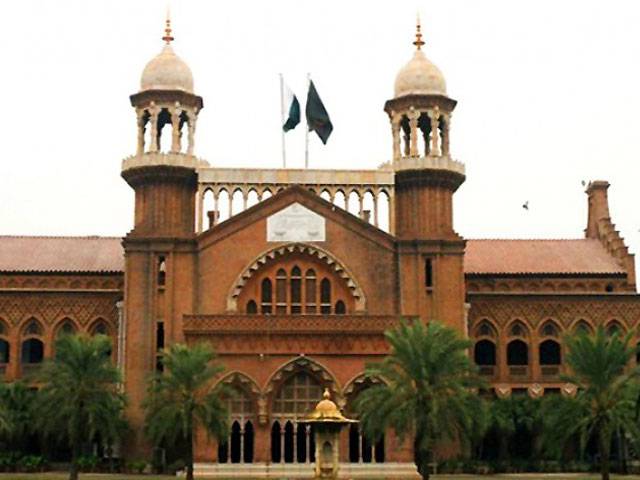ISLAMABAD - Of five of the six maternal deaths in the past four years in the village field site had occurred amongst the lowest caste of the village. In other words, 23 per cent of all maternal deaths were concentrated in the 17 per cent of the village population. This high rate of maternal deaths occurred despite the availability of significant maternal health services in the region, says a research study.
The findings of the study were shared at a workshop here on Thursday. The University of Alberta, Canada, Punjab Maternal, Neonatal and Child Health Programme and Real Medicine Foundation jointly conducted a Knowledge Dissemination Workshop to share findings of a 10-month ethnographic research titled ‘Disparities in Access to Maternal Health Services in Punjab: Poverty, Gender and Exclusion’ here in Islamabad.
The workshop commenced by Dr. Zafar Ikram, MNCH Programme Chief, through his welcome speech. Dr Zubia Mumtaz of the University of Alberta and principal investigator of the research gave a detailed presentation, where she explained that despite the Safe Motherhood and Millennium Development Goal initiatives, Pakistan is unlikely to meet MDG goal No. 5 by 2015. A key reason for this failure, she suggested, was that strategies used to date have been failed to understand and address the key social and economic factors that restrict access to maternal healthcare for women living at the economic and social margins of society.
The research aimed to develop a detailed understanding of ultra-poor and socially excluded women are and specifically how their vulnerabilities and maternity experiences are structured by caste, economic class, and gendered power dynamics that serve the interests of the privileged.
A major finding is that of five of the six maternal deaths in the past four years in the village field site had occurred amongst the lowest caste of the village. In other words, 23 percent of all maternal deaths were concentrated in the 17 percent of the village population. This high rate of maternal deaths occurred despite the availability of significant maternal health services in the region.
Dr Mumtaz described the ways in which the traditional South Asian caste system, based on occupational hierarchy, is the basis for the systematic exclusion of the lower caste people (also known in Kammis ad Mussalis in villages) from economic and social resources and opportunities of all kinds. They thus face a vicious cycle of chronic, intergenerational poverty. Low caste women are doubly disadvantaged, as gender values and norms ascribe a lower value to women’s lives. The design and implementation of existing health and poverty programs are poorly equipped to address these underlying factors that are the key drivers of high maternal mortality rates in Pakistan.
During the presentation, different maternal death cases were shared with the audience in order to illustrate the subtle, complex ways in which caste, economic class and gender interact to exclude Kammi women from maternal healthcare.
Dr Nisar Ahmad Cheema, DG Health Punjab, concluded the workshop, acknowledging the importance of addressing the various factors that marginalize poor women from maternal health services and outlined some ways in which the program aims to address them.
Thursday, April 18, 2024
Pakistan unlikely to meet MDG on health by 2015

Stefanos Tsitsipas advances in Barcelona
4:19 PM | April 18, 2024
Met Office predicts more rains across country till April 29
2:51 PM | April 18, 2024
Punjab changes school timings for summer season
1:55 PM | April 18, 2024
Enemies of Pakistan are unable to digest investment in the country: Ataullah Tarar
1:29 PM | April 18, 2024
IHC restores Bushra Bibi's appeal for shifting to Adiala Jail from Bani Gala
1:24 PM | April 18, 2024
Hepatitis Challenge
April 18, 2024
IMF Predictions
April 18, 2024
Wheat War
April 18, 2024
Rail Revival
April 17, 2024
Addressing Climate Change
April 17, 2024
Justice denied
April 18, 2024
AI dilemmas unveiled
April 18, 2024
Tax tangle
April 18, 2024
Workforce inequality
April 17, 2024
New partnerships
April 17, 2024
ePaper - Nawaiwaqt
Advertisement
Nawaiwaqt Group | Copyright © 2024





